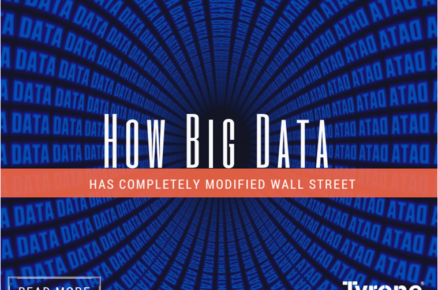The US Xpress has installed almost 1.000 sensors in each truck to monitor where the trucks drive, how fast it drives, how often it breaks, when maintenance is required and even the capabilities of the driver. But there are many more opportunities for a smarter transportation industry instead of just saving on fuel.
1.To optimize freight movements and routing
Consolidating shipments and optimizing freight movement for large logistics can enable same day regional delivery. Knowing exactly which products are where in which warehouses can help companies like Amazon to deliver the right product at the right time to the right customer within 24 hours or even on the same day. Removing supply chain waste and analysing transaction-level product details will ensure efficient and smarter transportation of freight.
Using satellite navigation and sensors, trucks, airplanes or ships can be tracked in real-time. The routing different trucks, airplanes or ships need to take can be optimized using a lot of public data such as road conditions, traffic jams, weather conditions, delivery addresses, location of gas stations (in the cases of trucks) etc. Whenever a change in address comes in from head office, it can be pushed to the driver or captain in real-time. The system automatically calculates and optimizes the ideal and cheapest new routing to the new destination.
Sensors in trucks, ships or airplanes can also give real-time information about how the truck, ship or airplane is performing, how fast it is going, how long it is on the go, how long it is standing still etc. With all this data, combined with sensors that monitor the health of the engine and equipment, errors can be predicted and maintenance can be prepared without losing to much time. It is even possible to automatically book maintenance at the location that requires the least downtime for the transportation company, while the engineer instantly knows what the problem is and how it can be solved.
Large logistic organizations can have hundreds or thousands of trucks. If their usage is not optimized, a company can lose a lot of money. With sensor data it becomes known where all trucks are at any moment in time, what their inventory is as well as their destination. This information can help the transportation company to optimize their fleet and increase efficiency.
2.To Determine Inventory on Hand
Stock that is in-transit is still part of the inventory of an organization, although it physically left a warehouse. It is important to know the exact inventory at all times, especially if last minute changes need to be made. When all products contain sensors they can be tracked in real time and adjustments and/or inventory counting becomes very simple.
Inventory management analytics can be used to create a centralized platform that offers organizations a detailed overview of departure and arrival times, order cuts as well as the possibility to provide customers with detailed information on their freight.
3.To Improve the End-to-End Customer Experience
Customers want to know exactly where in the process their freight is and where it is located as well as when the expected time of arrival is. With a smarter transportation system, freight shippers and customers are given the information and tools to decide for themselves the best way to get their product from origin to destination, across different modes of transport, considering cost, time and convenience. A package can use several modes of transport and a within a smart transportation system customers can determine how their freight goes from A to B. This will enable the customer to better manage their supply chain as well as costs.
4.To Reduce Environmental Impact and Increase Safety
Fuel consumption can be reduced via several ways. First of all, sensors can monitor the engine and optimize fuel input based on the need of the engine and what the truck, ship or airplane is doing. Combined with the best optimized routing, created by taking into account weather conditions, driving behaviour, road conditions, location etc., a lot of fuel can be saved.
Sensors can also monitor how fast the driver is driving where and whether the driver is sticking to the rules on the road. It can be monitored if the driver is behind the wheel too long or if the breaks are too long. It can keep the driver awake and as such prevent accidents, while keeping the drive accountable.
More and more cities around the world are experimenting with smart transportation systems that will reduce pollution and increase road safety. The city of Brisbane has developed a complete, real-time overview of the city’s transport network, which provides a platform to develop and test new strategies in a stable and real-time virtual environment. This platform enables the city to predict and improve traffic congestions, resulting in happier commuters and shippers, while reducing emissions. They also use variable speed limits and roadway queue management algorithms to improve highway safety. With the increasing demands of customers to have their freight delivered as fast as possible, as cheap as possible, transportation companies face a challenge that luckily can be tackled with big data.
Source: https://datafloq.com/read/big-data-create-smarter-transportation-industry/119









